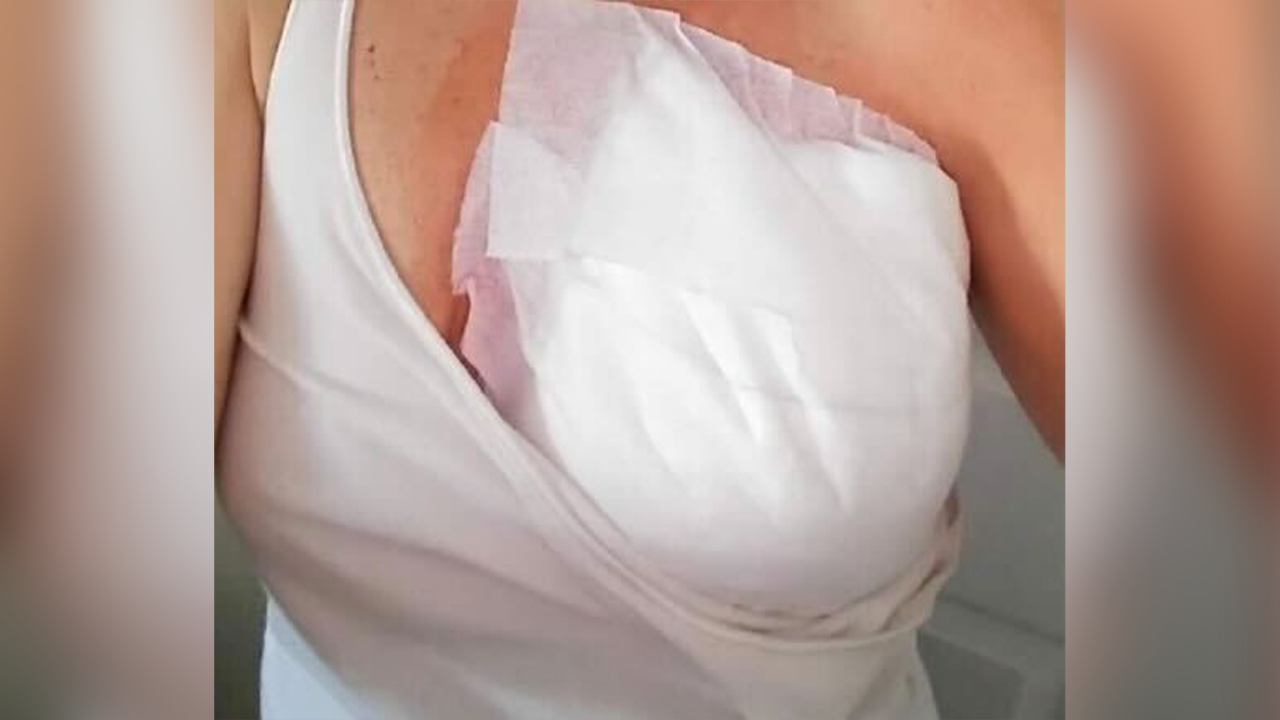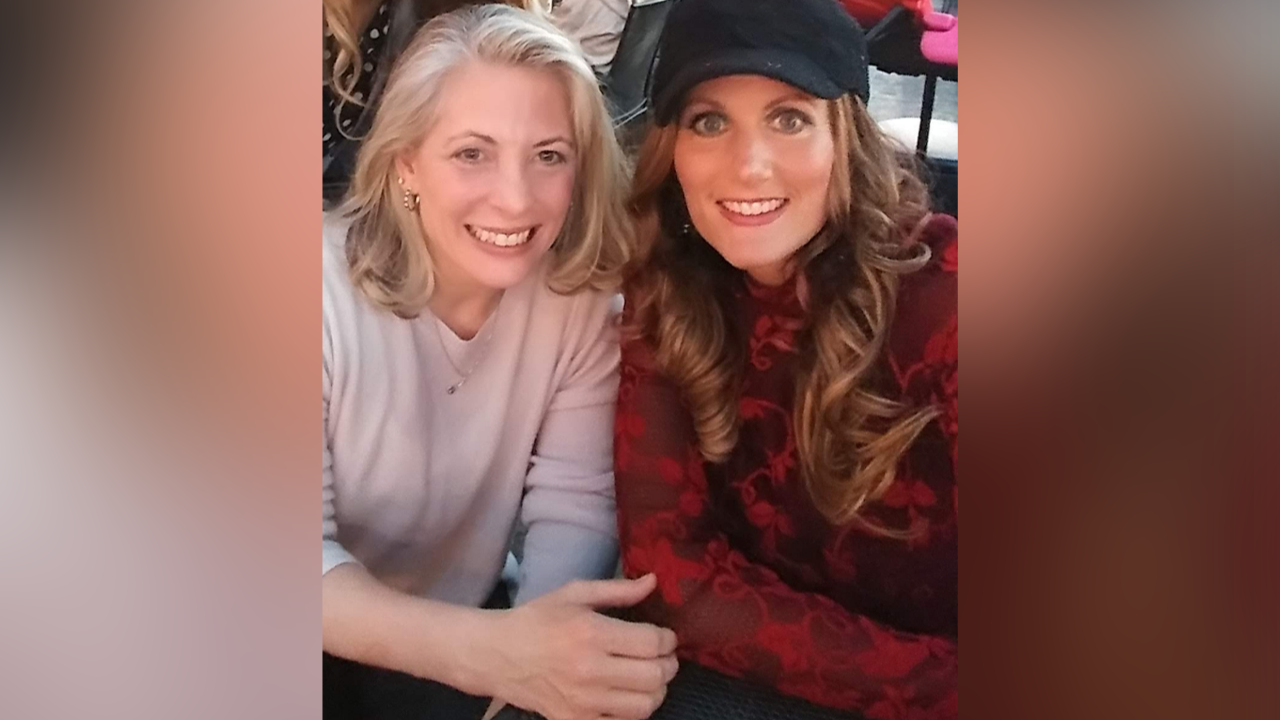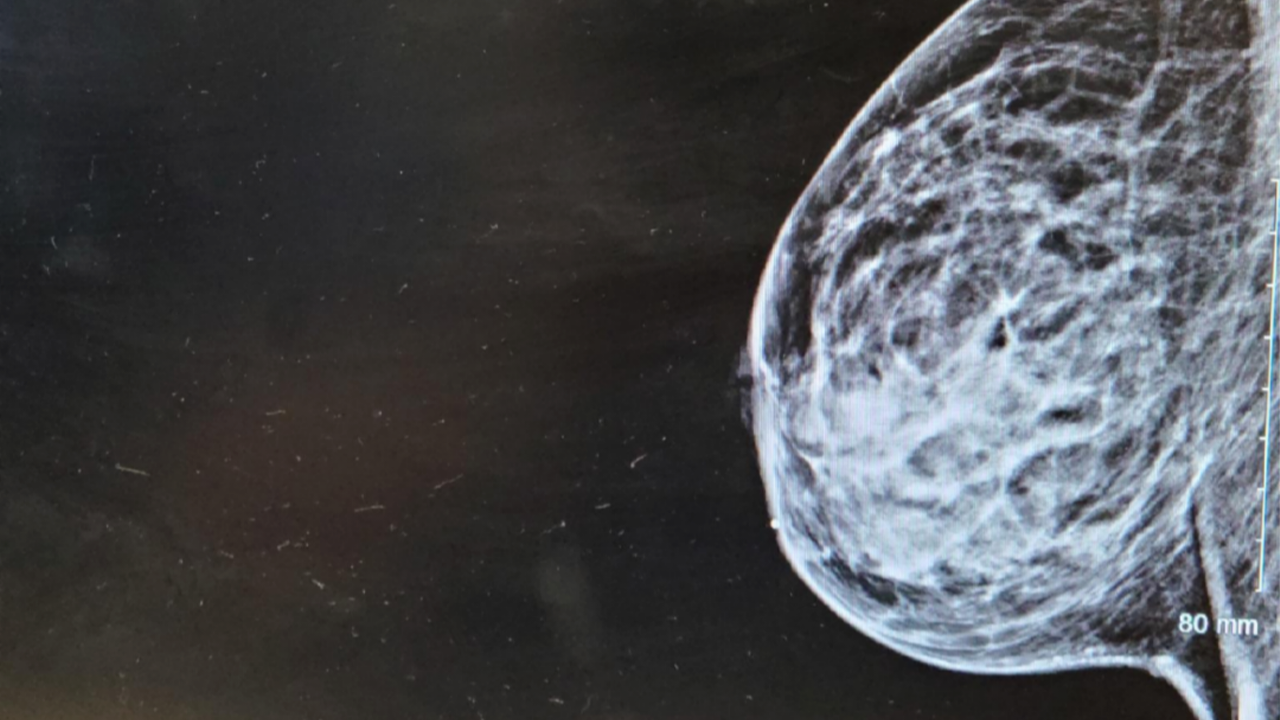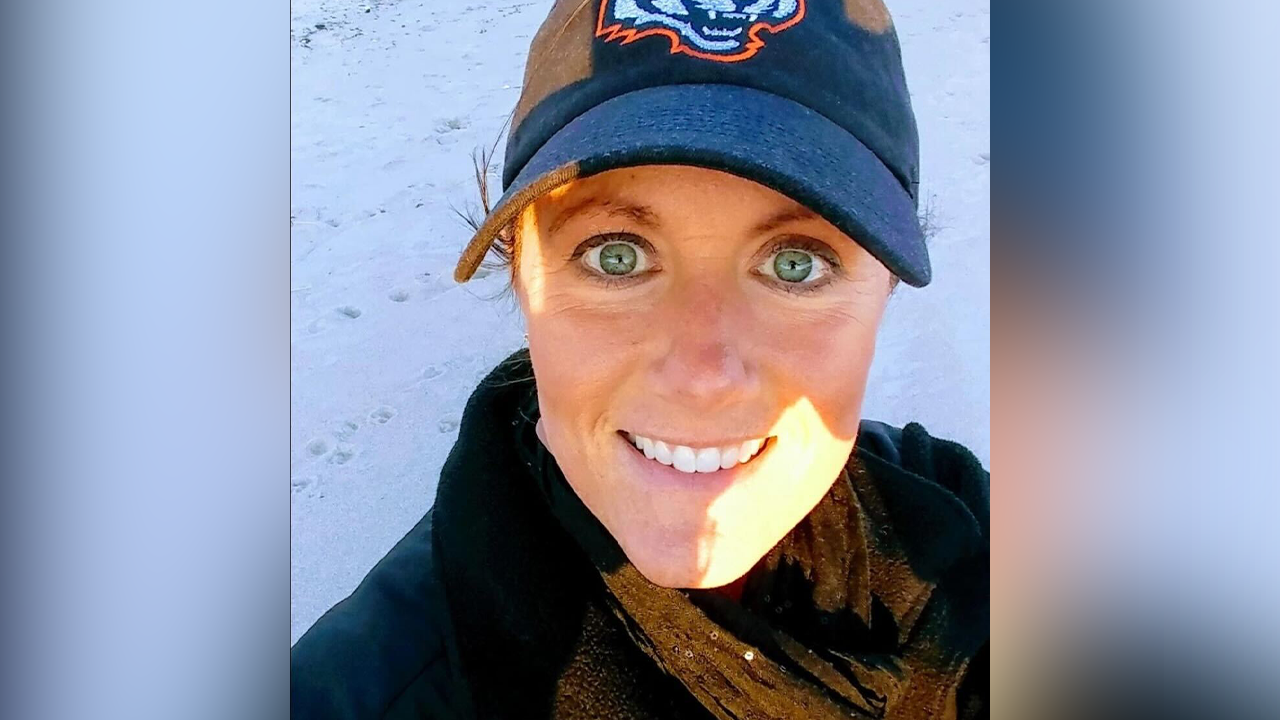Ohio woman details health journey after contracting rare infectious breast disease on a business trip
After contracting an incredibly rare infectious breast disease, an Ohio woman was shocked to self-discover that it came from contaminated water.
“It was me that found the test to result the bacteria, and it was me leading the way to find out how I contracted it,” Tami Burdick, of Cincinnati, told Fox News Digital. Burdick wrote a memoir of her health journey of self-diagnosis called, “Diagnosis Detective: Curing Granulomatous Mastitis.”

In January 2017, Burdick went to Connecticut for a business trip, but roughly two months upon her return home, she began experiencing a host of symptoms. Burdick shared that she began experiencing breast pain and after a self-evaluation she discovered a hard lump.
Assuming an impending cancer diagnosis, Burdick promptly called her primary care physician, who ordered a mammogram and ultrasound of the infected area. After Burdick’s biopsy, she was released that it was not a cancer diagnosis instead it was a rare infection.
DANGERS YOU CAN’T SEE MAY BE LURKING IN YOUR UNWASHED BEDDING, SAYS STUDY: BEWARE OF ‘HEALTH CONCERNS’
Burdick was diagnosed with granulomatous mastitis (GM) a “rare chronic inflammatory breast condition” that is incredibly painful.
“I was most certainly relieved it wasn’t cancer, though I could have never imagined how this breast disease would soon reveal its ugly head like the monster it was,” Burdick said.

Despite Burdick’s diagnosis, she still did not know what had caused her condition, nor a path forward for treatment and recovery. Eventually, Burdick came across a Facebook support group, where she connected with other women from all across the world who also have GM.
Seven months from her initial diagnosis, Burdick uncovered a gene sequencing pathology test that a woman in her support group recommended.
“It ultimately helped save my life,” Burdick said.
“It ultimately helped save my life.”

After requesting that she could do the test, Burdick finally figured out where the cause for her painful breast infection.
“The reason why I called my book ‘Diagnosis Detective’ was because it was me that figured everything out before the doctor, Burdick told Fox News Digital. “I found a test that would finally result the infection after seven months. I knew something was causing it.”
“And finally, after seven months, we had an answer,” Burdick said.
CONTAMINATED BEACH WATER COULD MAKE SWIMMERS SICK, WARNS NEW POLLUTION REPORT: ‘SEVERAL TROUBLING TRENDS’
The pathology test revealed Corynebacterium kroppenstedtii as the root cause of Burdick’s disease.
Corynebacterium kroppenstedtii is an environmental-originated bacteria associated mostly with water, sewage and soil.


Burdick next order of business was finding out how she contracted the bacteria.
She had her water tested in her home for the Corynebacterium kroppenstedtii, but the results were negative. Burdick said that she had not been in a pool, hot tub, or any other bodies of water for “quite some time.”
MOST US STATES FAILING TO PROTECT SCHOOLS’ WATER FROM LEAD CONTAMINANTS, STUDY FINDS
Research about the bacteria told Burdick that it needed a natural point of entry, like a pore or duct opening.
Eventually, Burdick and her medical team came to believe that she contracted the nasty bacteria from her hotel shower during her 2017 business trip.

CLICK HERE TO SIGN UP FOR OUR HEALTH NEWSLETTER
Years after Burdick’s diagnosis with GM, she is still advocating for this rare infectious disease that affects 2.4 women per 100,000.
“I have two scars on my breast. One is towards the top and the other one is underneath,” Burdick said. “I see them every single day, and I call them my warrior wounds.”
She said that her scars are a reminder to keep sharing her story with the world and to keep advocating for others facing GM.
“I even wrote in my book that God gives his battles to his strongest soldiers and that God knew that there needed to be a voice for this disease,” Burdick said. “At the end of the day, it’s all about helping people.”
Read the full article Here


